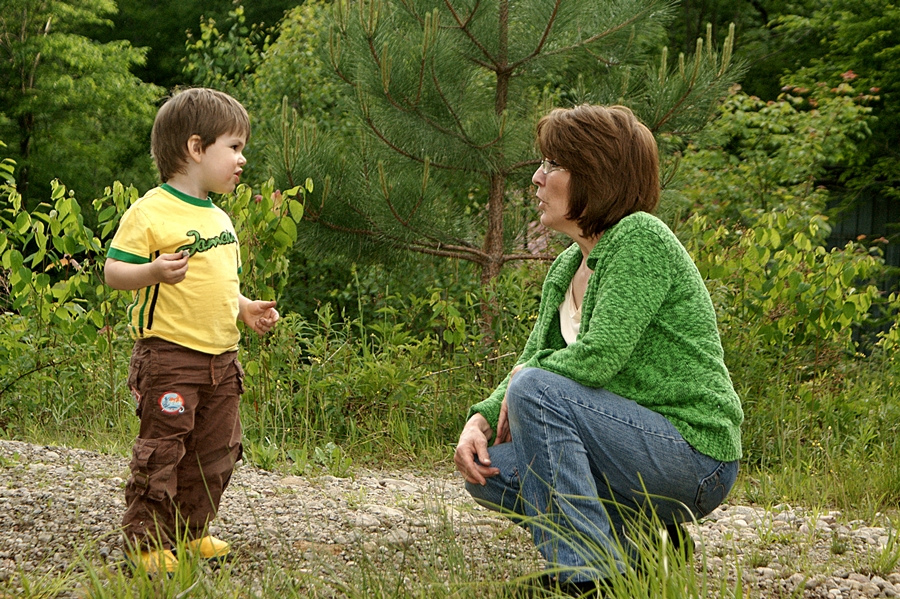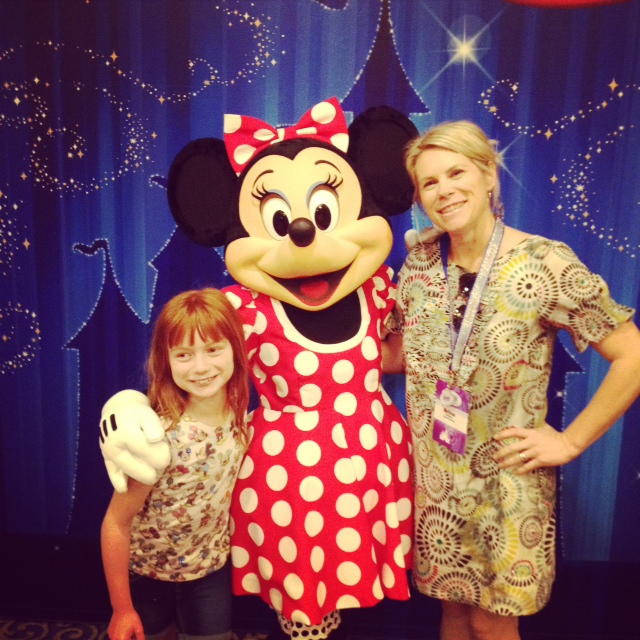
Healthy Communication and Emotional Development
Photo courtesy of Flickr
A common issue in relationships, and an important one for parents to learn, is communication.
Many of today’s modern couples were reared in baby boomer, or post-baby boom, homes, and we see a common theme emerge from this generation of parents. The baby boomers of course were the generation that pushed social change to the forefront. Theirs, in essence, was the first generation to value individual emotional needs. In large part this transformation accompanied civil and women’s rights.
I put this in context of communication because a classic and painful issue that thwarts communication is something occasionally termed codependence. Codependence is fairly common dynamic in which a person avoids their own emotions, reactions, and needs by focusing on someone or something other than them self. They become dependent on external stimuli. It is a very human thing to do, particularly in a society which promotes constant business and reliance on consumerism. Many families are still learning to authentically communicate, to value each individual’s feelings and needs, to not lean the burden on mom as the emotional backbone of the family. This old set-up has as its shadow common burn-out roles of martyrdom and victim, and false-maturity and entitlement for children. Again, at its core this relates back to a 1950’s era look-good on the outside/don’t talk about what’s going on inside artificial value system.
We are relatively early in our emotional and spiritual evolution. As said, it was the baby boomers, those children of the 50’s, that finally gave acknowledgment to the necessary function of the emotions. Emotional neglect is so common that many still praise and seek praise for sacrificing their feelings and needs in order to accomplish goals. This is a normalization of injury that effects development. In many circles, in fact, emotions are still deemed “feminine.” This is an underlying social aspect that keeps codependent ways of relating secured.
Codependent relationships and family systems promote among other things, passive-aggresive, stunted communication, and sudden outbursts. They alienate and isolate and keep people from true connection. For parents, learning to value emotional reactions and lessening shame around developing the natural function of human emoting (allowing little ones to cry, not using generalizations like boys don’t cry) are important ways of modeling emotional development, and will later lead to autonomous emotional maturity.
For young people, breaking the old generation’s code of children being seen and not heard is crucial. Sit down with your kids after school or over dinner. Take time to be a part of their lives in a way that is meaningful. Feeling seen, feeling valued, is one of the most precious and necessary experiences any human can have. This act itself promotes feelings of warmth and connectivity, an easy way to value emotional development. Model clear, direct communication. Recognize if your style of communication is to over-react–common for people who have a history of their own needs or emotions not being seen, heard, or validated. If a child is struggling and they are unseen or the parent overreacts regularly, the child too learns that his needs are less important than the parent. Use eye-contact, and authentic I feel…because…statements. Most importantly, be consistent in the creation of an atmosphere of acceptance and connection.
Children are more than just the future, they are living and breathing embodiment of our human and social evolution. It starts at home. A healthy functioning heart isn’t just able to run the back bay for half an hour. It has capacity’s even more powerful than that, ones that can start right now.
0




One Comment
Pingback: